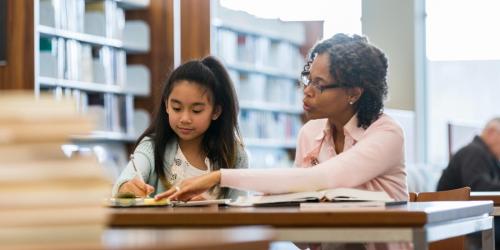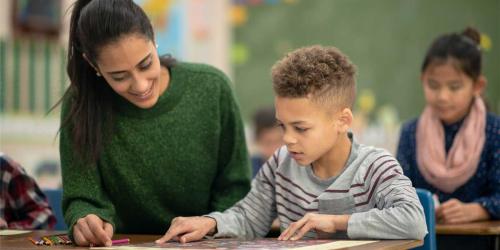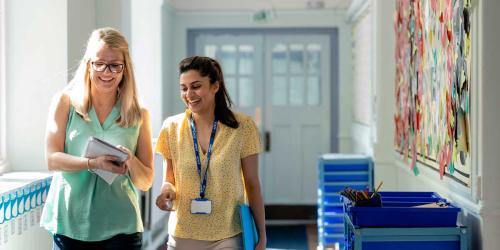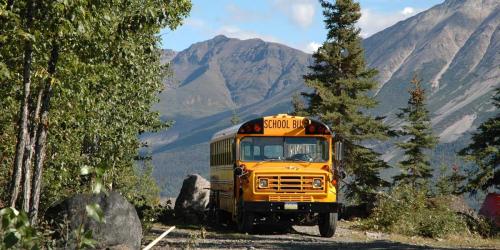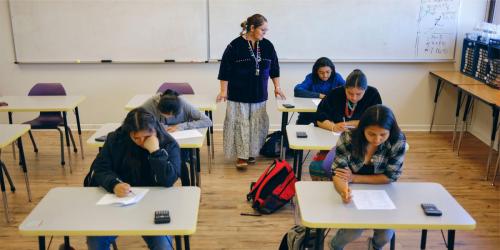"For me, learning about my own culture is a lifelong process, but I definitely believe we should be telling our own story whenever possible.”
“The health of my community, and of Indian Country in general, depends on policymakers with personal experience.”
Mandy Smoker Broaddus writes about Oregon S.B. 13 as a way for tribal peoples to have their presence validated across the state and in classrooms.
According to Karen Martin, a teacher and instructional coach in Alaska, the Northwest Rural Innovation and Student Engagement (NW RISE) Network builds connections.
Hiring more teachers of color benefits all students academically and builds the school community—and it's the right thing to do.
How can teachers reach all their students—including students from cultural backgrounds different from their own?
For Black History Month, we recognize the leadership of nine role models from the Pacific Northwest connected to our public schools, higher education and the development of young people.
Jacqueline Raphael highlights a set of best practices that emerging networks can follow and makes a case for using an experienced intermediary organization to serve as the network's “backbone.”
Bringing people together Is an investment that pays off—but how do you cover costs to build educator networks?
Intermediary partners can have a strong, positive impact on education networks. What are the qualities that make a good intermediary?
Accelerated learning can improve students’ postsecondary outcomes, and a new study finds that one in three Oregon public high school students participated in this kind of coursework.
Reauthorization of federal CTE legislation offers states an opportunity to rethink their CTE performance indicators. Steve Klein provides a set of principles to help guide states' work.
Teachers can engage in self-education and open up their classrooms to culture in forming strategies to end persistent and damaging stereotypes.
Sonta Hamilton Roach writes about creating an education system that embraces culture and fits the needs of students, families and community members.
Culturally responsive systems are the key to improving outcomes for American Indian and Alaska Native students in school and in life.




